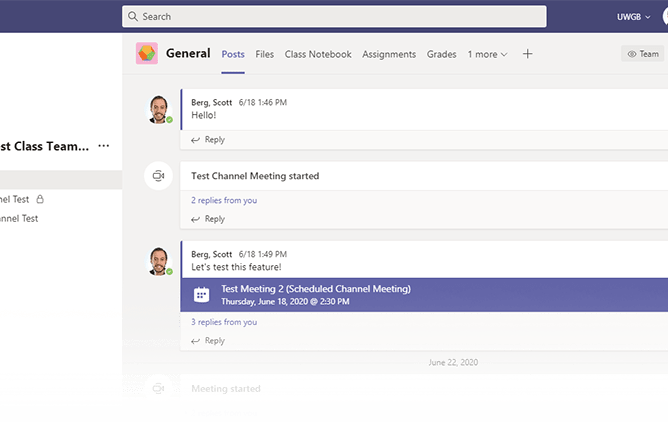Category: Technology Guides and Trainings
-

Microsoft Teams for Courses
By
|
This guide is intended to give an overview of the features of Teams that can be useful in teaching your courses, how to create and set up a team for your class, and how your class team and Canvas course can be used together to serve the instructional needs of your course.
-
Audio Recordings
By
|
Why use audio recordings in your course? Technical: not as demanding of internet speed/quality as video recordings Humanize your course when video is not needed or an option Time: Can save time when giving students feedback in Canvas Appearance: relieves pressure of presenting in a clean or professional environment if that’s a concern Things to…
-

Canvas: Kaltura Course Media Gallery
By
|
Media Gallery Overview The Media Gallery feature available in Canvas courses is part of a suite of Kaltura video tools. It allows instructors and students to collaboratively curate and view a collection of videos in a course-specific media gallery. Videos added to a Canvas course’s media gallery can be viewed by all students enrolled in…
-
Using Kaltura (My Media) for Video Recording, Storage, and Sharing
By
|
My Media is part of a suite of Kaltura video tools that can be used to add multimedia content to courses in Canvas. My Media is your personal library of everything you’ve created or collected with Kaltura video tools. Your My Media library can include media uploads, webcam recordings, Kaltura Capture recordings, Kaltura Video Quizzes,…

